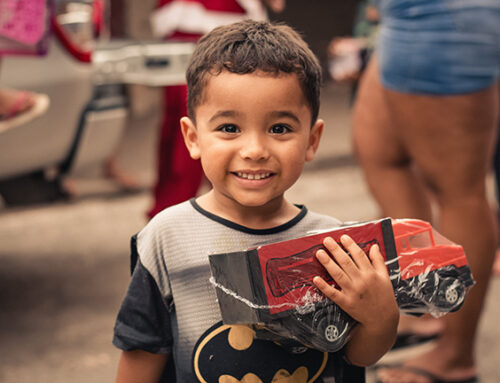Siblings tend to be our first friends and companions during childhood. This relationship assists in building a foundation for future relationships and social interactions. But what happens when a sibling receives a diagnosis of ASD? This bond may not be as strong or even exist yet. The sibling of the child with ASD, whether they be younger or older, may not fully understand why their brother or sister is different. Children with ASD may have deficits in play skills, communication, and social interactions. This makes it difficult for typical sibling interaction or play to occur. Parents are often consumed in the needs of their child with ASD and their sibling may perceive this as favoritism or special treatment. As a result, the neurotypical sibling may begin to experience stress, confusion, or loneliness. So, how do we support this child? With these three strategies:
1. Have open communication
- Educate the child on the disability to prevent anxiety or fear of the unknown related to their brother or sister. This will be an ongoing process throughout their childhood and teenage years as they grow in their own development.
- Explain their differences, but promote inclusion.
- Children are great observers – this is how they learn. It is best to answer their questions about their sibling honestly. For instance, if a child asks why their sibling jumps up and down or rocks back and forth, respond with the truth: they are trying to make their body feel better. “The key is to remember to adjust your information to your child’s age and understanding” (Autism Society, 2020).
2. Set specific alone time with each child
- 1:1 attention from parents allows the child to feel like they are part of the family.
- Alone time with the neurotypical sibling is extremely important. Parents should set aside time for this child to feel that he/she is special and important, too.
3. Teach coping skills
- Teach the child how to appropriately respond to the stress or strong emotions they’re feeling towards their sibling with ASD.
- Your child wants to relate or express themselves to someone who will understand their feelings. Reaching out to other families you know with a child diagnosed with ASD or seeking support from pediatric counselors may be helpful.
Links to helpful information for parents or caregivers:
Living with Autism: Sibling Perspectives
Link to children’s books that are written about children with autism and their siblings:

Blue Bird Day fosters socialization, sensory regulation, and pre-academic learning in children ages 2-7 years in therapeutic rotations that simulate preschool and kindergarten settings. Our compassionate therapists practice a relationship-based and family-centered approach, provide parent training, and collaborate on goals and individualized intensive treatment plans for your child.
We believe in a collaborative and multi-disciplinary team approach to therapy. A team of occupational therapists, speech-language pathologists, dietitians, developmental therapists, behavioral therapists, physical therapists, and therapeutic assistants are created for each child to ensure child and family are fully supported and the best possible results are achieved.
Options for individualized, group and virtual therapy sessions are available as well.
Want to learn more or you have a specific question? Feel free to connect with us here!



